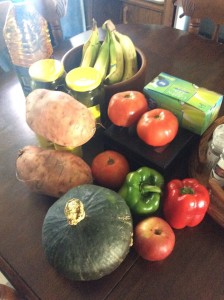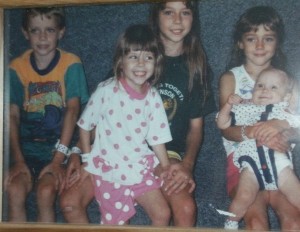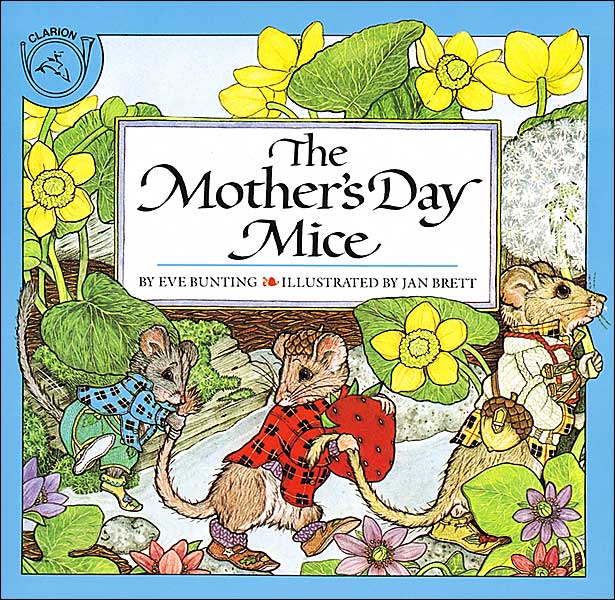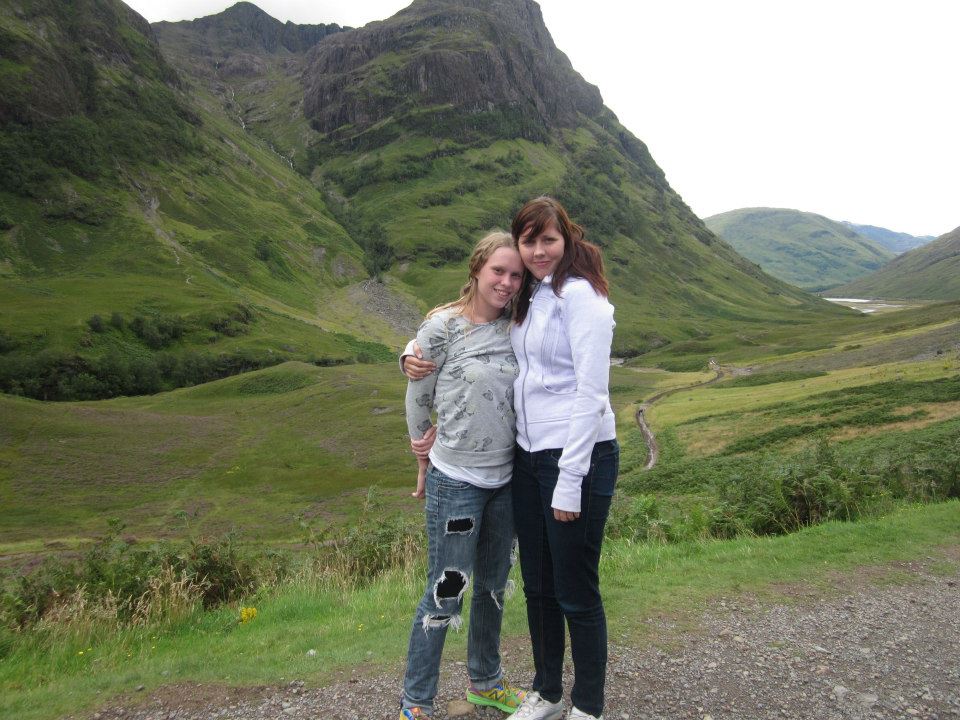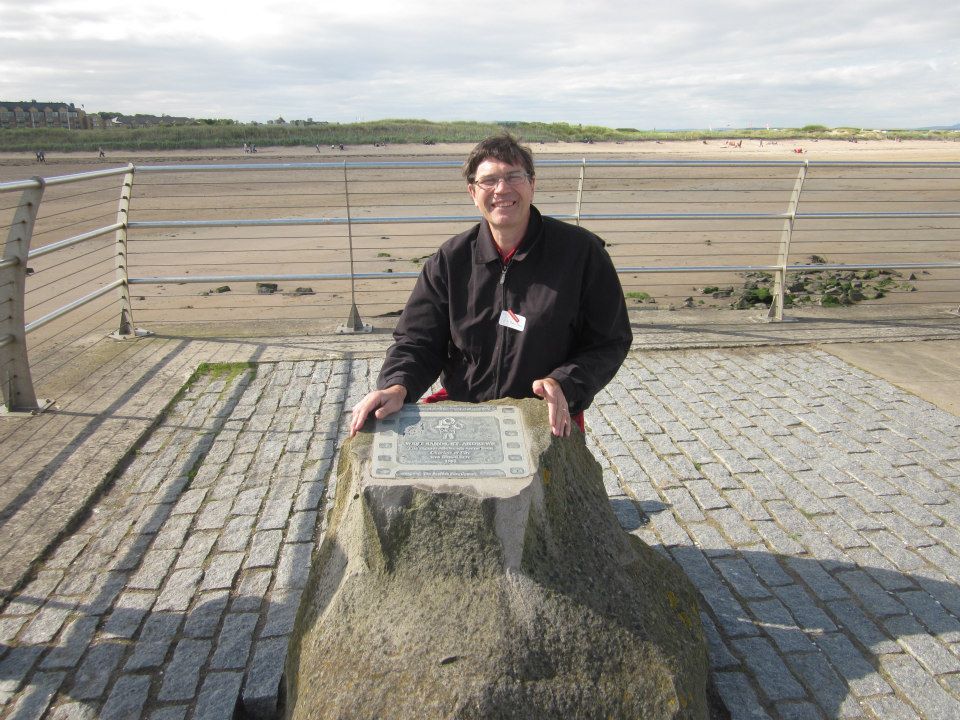Today is the 100th anniversary of the Halifax Explosion. We remember not only a devastating casualty of war but the courage and compassion of the Halifax people and their ability to rebuild from the ashes of tragedy.
As a tour guide, I told the story of the Halifax Explosion as we travelled from Agricola Street to the Hydrostone area in the North End. This is my story.
Remember the three red and white smoke stacks that I asked you to keep in mind as we drove down Citadel Hill? Now I am going to tell you the story of the Halifax Explosion.
The early morning of Dec.6, 1917, during the First World War, seemed no different than any other. Adults went to work or attended to household tasks and children walked to school. The Halifax Harbour was bustling with ships. The two principle characters in our story are the Mount Blanc, a munitions ship from France, under Captain Medec, and the Emo, a relief ship headed to New York City, under Captain Fromm. The Mount Blanc was like a sailing bomb, carrying such dangerous items as TNT, picric acid, gun cotton saturated with nitric acid, and benzoyl, which was placed in secured barrels on the deck, away from the other explosives. Normally, such a ship would have flown a red flag to warn people of danger but Captain Medec did not want to fall prey to enemy vessels.
On the evening of Dec. 5, both captains were anxious to complete their missions. Captain Medec wanted to enter the harbour and join a convoy of vessels which would give protection sailing across the ocean, and Captain Fromm was in a hurry to exit the harbour and load his ship with relief items in New York City. However, the captains were stalled because the submarine nets, created to keep out German U-boats , were already in place.
The next morning both Captains were eager to be off. They both travelled towards the narrows, where the smoke stacks are, but because of some blundering decisions, crashed into each other at 8:45. The Mount Blanc caught on fire. It proved impossible to put out and both crews abandoned their ships.
Few people knew how much danger they were in. They stood at the waterfront, watching the burning vessel. Children looked out through the large school windows. They were no different than us, full of curiosity about an unexpected event.
Curiosity soon turned to terror. At 9:04:35 the Mount Blanc exploded, the biggest explosion caused by man before the atomic bomb. Approximately 2,000 people were killed and 9,000 injured. Windows were shattered and slivers of glass damaged people’s eyes. Many wooden houses caught on fire and people were stranded underneath the boards. Halifax immediately took control, calling in medical help from doctors, nurses, and student doctors studying at Dalhousie. People without homes were taken in by the Armouries, factories, churches and homes. A flood of help arrived from other provinces and countries. Can you guess which was the first city to send in supplies and medical help? I will give you a hint. It was a city in the USA. You’ve got it! Boston, Massachusetts! Each year, Halifax sends Boston a gigantic Christmas tree, as a thank you to the people of Boston. The tree is placed in the Boston Commons and beautifully lit.
When my husband and I decided to move to Nova Scotia, 17 years ago, we read a novel called “Barometer Rising” by Canadian author, Hugh McLellan. The book is a fictional account of the explosion. A comment that has always remained in my memory is that we often remember a smaller event because of its juxtaposition to a larger one. For example, many of you can likely remember exactly what you were doing or where you were when you heard of the death of a loved one. During the night of Dec. 6, a ferocious snow storm hit the area. This made the task of finding family members much more difficult. There are many winter storms in Nova Scotia but this one is remembered because it is part of the story of the explosion.
There were several trials but finally the Halifax Explosion was judged an accident.
Here we are now at the Hydrostone stop. This area was completely destroyed. New houses were built of hydrostone, a fire resistant material. Look at the lovely green area and the many interesting shops. Much work was put into reconstruction.
Postscript for reader:
Halifax has proven to be capable of handling major disasters. I am a transplant from Ontario, but am proud to be part of an outstanding community. On Dec.6 we need to remember the people who died, and all those who showed great bravery, provided aid and rebuilt the city.
Lest we forget.


